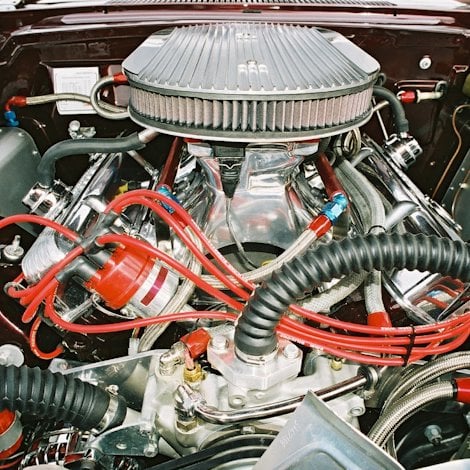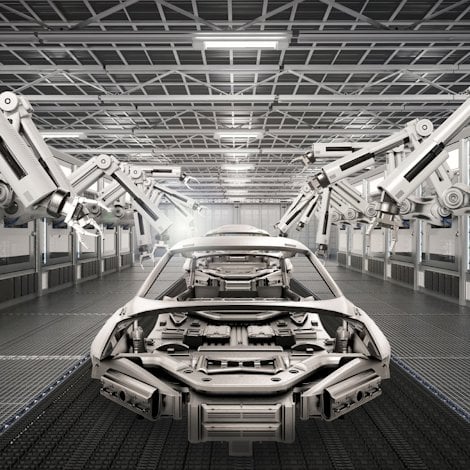How lightweighting can make the automotive industry greener
Governments around the world will soon be introducing newer measures toward the automotive industry to mitigate global warming. Measures than go beyond reducing the amount of tailpipe emissions generated in the use-phase of cars. Are you ready?
We will see authorities working to regulate the total amount of embedded emissions through a vehicle's entire life cycle. This would combine use-phase with build-phase emissions.
Today, the European Union requires average carbon dioxide emissions for all new passenger cars to be 130 grams per kilometer driven. This figure is supposed to decrease by about 27 percent by 2021.
The reduction in tailpipe emissions, driven by driving efficiency measures and lightweighting, is therefore going to increase the absolute share of emissions generated in the production of the car and in its end-of-life phases.
Full LCA analyses on all car models
Within the next five years, the EU is likely going to require OEMs to deliver full LCA analyses of all models, to demonstrate their environmental footprint. This will probably include a sustainability cap imposed on the total amount of carbon emitted per unit from cradle to grave.
I also expect an increasingly demanding public to base buying choices on greener life-cycle credentials. This will certainly impact the choice of materials used in manufacturing.
OEMs will have different options as to how to address the issue, but sustainable sourcing for primary weight saving appears to be the most economical way forward, as opposed to costly redesigns.
Saving money with lightweighting and electric vehicle production
Let’s look again at the emissions targets the EU has established, and what they mean to OEMs.
The 2021 target of 95 g CO2/km is ambitious, compared with the current average. If this average remained the same past 2021, with an estimated violation fine of €95 per g, the potential price increase per car would be quite substantial.
Even more alarming for OEMs are the EU’s CO2 reduction targets for 2025 and 2030. Respectively, these targets are 15% and 37.5% lower than the 2021 figure. The targets were finalized in 2019.
However, the regulation includes an incentive mechanism for OEMs to produce zero-emission and low-emission vehicles, involving a relaxation in the specific CO2 emissions of an OEM provided that its share of such vehicles exceeds 15% of total sales by 2025 and 35% of sales by 2030.
As a result, it is safe to say that regulation, at least in Europe, will drive and continue to drive the huge escalation in the production of electric vehicles. And subsequently, that lightweighting will remain a key priority in the future.








